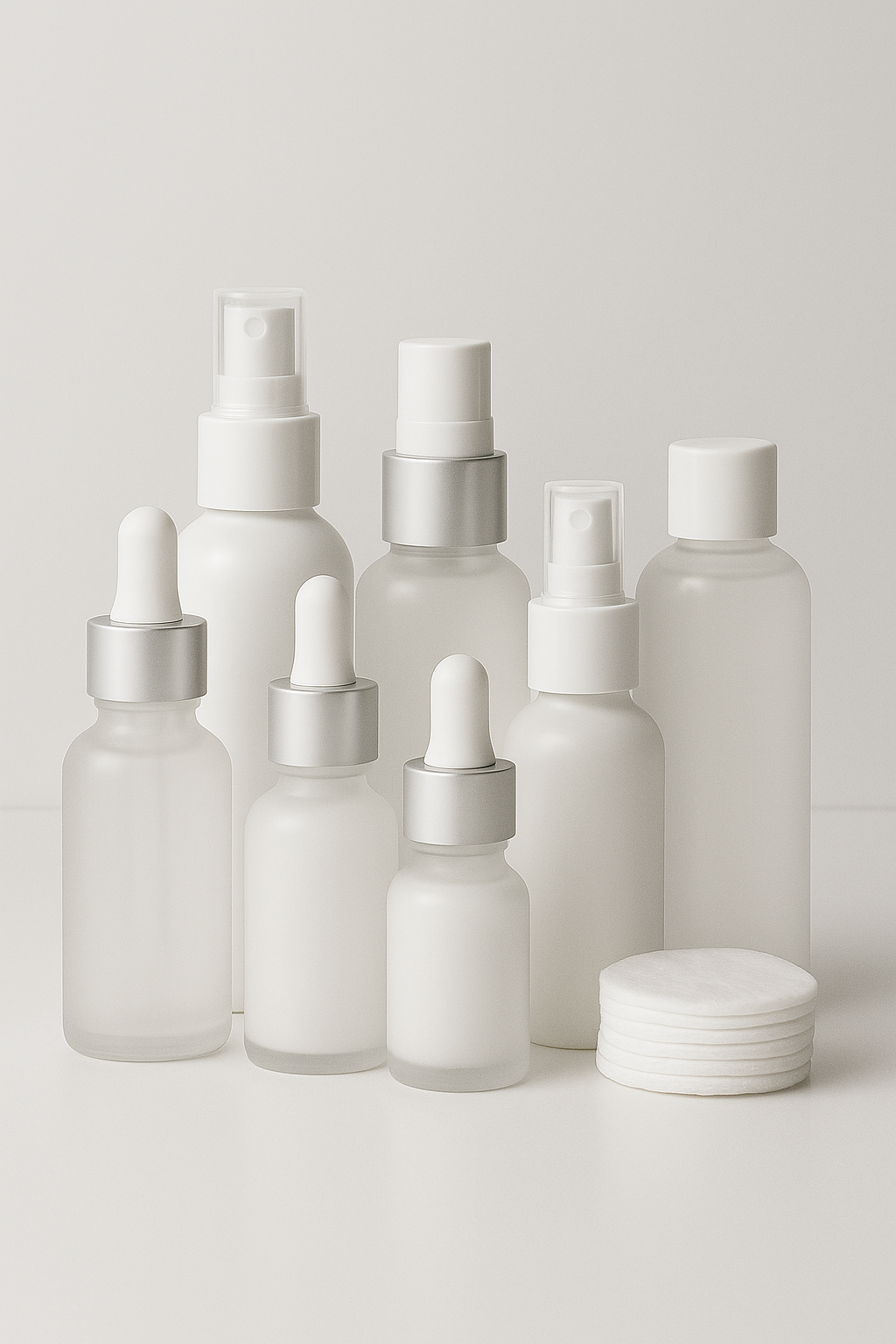Let’s be honest—serums can feel overwhelming. Tiny bottles, big price tags, lots of promises. It’s easy to wonder: Do I really need this?
Here’s the truth: serums are where the magic happens. They’re lightweight, concentrated formulas designed to deliver active ingredients deeper into your skin than your cleanser or moisturizer can. And while the world of serums can seem endless, most of them actually fall into a few key categories. Once you understand those, it all starts to make sense.
Hydrating Serums
If your skin ever feels tight, flaky, or just plain thirsty, this is where you start. Hydrating serums are usually packed with hyaluronic acid, which pulls water into the skin and plumps it from within. Think of them as tall glasses of water for your face—lightweight, refreshing, and universally loved.
Brightening Serums
These are your go-tos for dullness, uneven tone, or dark spots. The superstar here is Vitamin C, a powerful antioxidant that helps even skin tone, protect against free radicals, and give you that healthy glow. Other ingredients like niacinamide or licorice root can also fit in this category.
Anti-Aging / Repair Serums
When you’re looking to smooth fine lines or boost elasticity, you’ll find serums that include retinol, peptides, or growth factors. These are the workhorses that help support collagen, refine texture, and keep your skin looking firm and resilient.
Acne & Clarifying Serums
If breakouts are your biggest concern, clarifying serums are formulated with ingredients like salicylic acid, azelaic acid, or niacinamide to help unclog pores, calm inflammation, and balance oil. They’re lightweight and targeted so you can treat without overloading your skin.
Calming / Barrier Serums
Sometimes your skin just needs a reset. These serums are designed to soothe redness, sensitivity, or irritation, often with ingredients like ceramides, centella asiatica (cica), or probiotics. They’re all about strengthening your barrier so your skin feels comfortable and resilient.
Why Serums Can Feel Overwhelming
The tricky part is that there isn’t just one serum for everyone. You might use a hydrating serum in the morning, a brightening one with Vitamin C, and then switch to a retinol serum at night. Or maybe your skin just needs one simple serum to start with—that’s perfectly fine too.
The best way to think of serums is this:
Pick your priority (hydration, brightening, anti-aging, acne, calming).
Start with one.
Build slowly as you get more comfortable and learn what your skin likes.
Why We Stock a Range
At The Skin Pantry, we know serums can feel like the most intimidating part of building a routine. That’s why we organize them by what they do—so you can easily find a serum that fits your goals without the overwhelm. Because skincare shouldn’t feel complicated. It should feel clear, targeted, and effective.
✨ Tip: Serums always go on before moisturizer, since they’re lightweight and meant to absorb quickly. Think of them as the treatment step, and your moisturizer as the lock-it-in step.
Serums might look like the “fancy extras,” but really, they’re the power players that make all the difference. Once you find the right one, you’ll see why they’re worth the hype.











